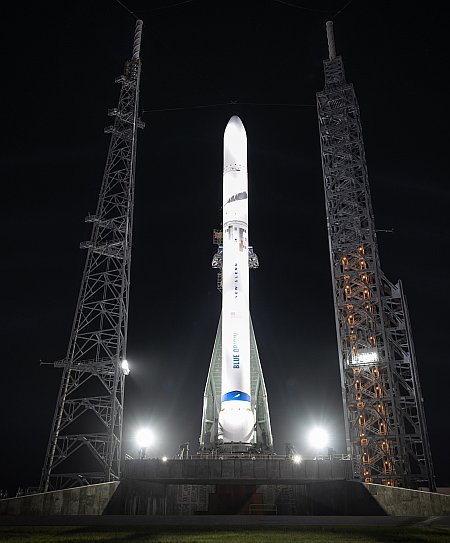Update on Cape Canaveral work by multiple launch companies
Link here. The article provides a nice summary of the construction work by Blue Origin, Stoke Space, and SpaceX at the cape, all leading to future launches and greater capabilities.
Blue Origin is still pushing for a September 29, 2024 first launch of its New Glenn orbital rocket. SpaceX is continuing work on its new Starship/Superheavy facilities as well as installing upgrades to its Falcon launchpads. The most interesting tidbit however is was about Stoke Space and its proposed Nova rocket:
The first two flights of Nova are planned for 2025, while 10 flights are planned for both 2026 and 2027. Initial flights of Nova will be expendable, with full reusability of the first and second stages coming later.
Stoke’s primary goal has been to make this rocket entirely reusable. It apparently plans to begin launching and do recovery tests as it goes until it achieves that reusability later.
Link here. The article provides a nice summary of the construction work by Blue Origin, Stoke Space, and SpaceX at the cape, all leading to future launches and greater capabilities.
Blue Origin is still pushing for a September 29, 2024 first launch of its New Glenn orbital rocket. SpaceX is continuing work on its new Starship/Superheavy facilities as well as installing upgrades to its Falcon launchpads. The most interesting tidbit however is was about Stoke Space and its proposed Nova rocket:
The first two flights of Nova are planned for 2025, while 10 flights are planned for both 2026 and 2027. Initial flights of Nova will be expendable, with full reusability of the first and second stages coming later.
Stoke’s primary goal has been to make this rocket entirely reusable. It apparently plans to begin launching and do recovery tests as it goes until it achieves that reusability later.

